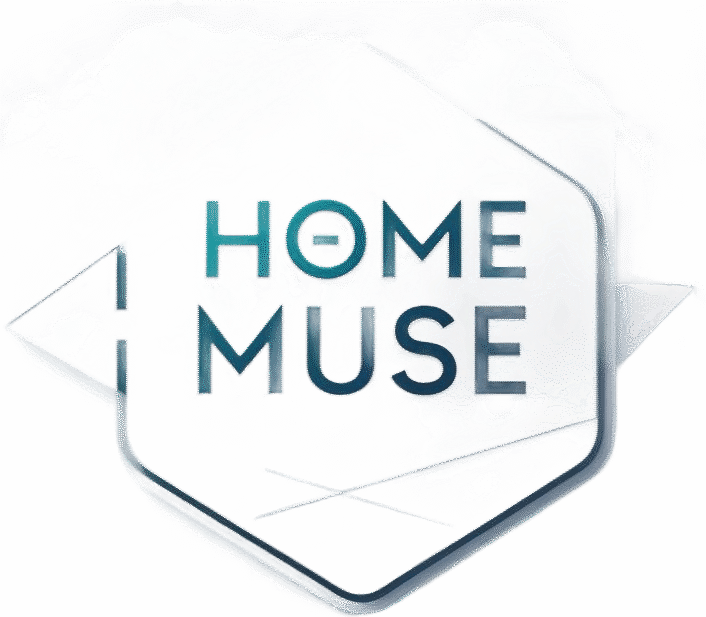The Cloud: A Comprehensive Guide to Understanding and Embracing the Future of Computing
In today’s digital age, the term “cloud” has become ubiquitous, transforming the way we store, access, and manage data. Whether you’re uploading photos to social media, streaming music, or collaborating on documents with colleagues, chances are you’re already benefiting from the power of the cloud. But what exactly is the cloud, and why has it become such an integral part of our daily lives? In this blog post, we’ll explore the history, significance, applications, and future trends of the cloud, shedding light on this revolutionary technology that is shaping the future of computing.
History of the Cloud: From Humble Beginnings to Global Domination
The concept of cloud computing dates back to the 1960s, with the development of time-sharing systems that allowed multiple users to access a single computer simultaneously. However, it wasn’t until the late 1990s and early 2000s that the modern cloud computing model began to take shape, thanks to advancements in networking, virtualization, and storage technologies. Companies like Amazon, Google, and Microsoft played a crucial role in popularizing cloud services by offering scalable and cost-effective solutions to businesses and consumers.
Significance of the Cloud: Empowering Innovation and Collaboration
The cloud has revolutionized the way we work, communicate, and interact with information. By leveraging the power of remote servers and internet connectivity, cloud computing enables individuals and organizations to access data and applications from anywhere, at any time. This flexibility not only enhances productivity and efficiency but also fosters collaboration among teams spread across different locations. Moreover, the scalability and elasticity of cloud services allow businesses to adapt to changing demands and scale their operations seamlessly.
Applications of the Cloud: From Storage to Artificial Intelligence
The applications of cloud computing are vast and diverse, spanning across various industries and sectors. One of the most common uses of the cloud is data storage, with services like Dropbox, Google Drive, and iCloud offering users a convenient way to store and sync their files across devices. In addition to storage, the cloud is also powering innovations in areas like artificial intelligence, machine learning, and Internet of Things (IoT), enabling businesses to leverage advanced technologies without the need for expensive infrastructure.
Future Trends in Cloud Computing: Edge Computing, Hybrid Cloud, and Beyond
As technology continues to evolve, so does the cloud computing landscape. One of the emerging trends in cloud computing is edge computing, which involves processing data closer to the source to reduce latency and improve performance. Another trend is the rise of hybrid cloud solutions, which combine public and private cloud services to create a flexible and secure IT environment. Looking ahead, experts predict that quantum computing, serverless architecture, and blockchain technology will further shape the future of cloud computing, opening up new possibilities for innovation and growth.
Conclusion: Embracing the Cloud for a Brighter Future
In conclusion, the cloud has transformed the way we live, work, and connect with the world around us. By embracing cloud computing, individuals and businesses can unlock a world of possibilities, from seamless collaboration and innovation to improved efficiency and scalability. As we look towards the future, the cloud will continue to play a pivotal role in driving digital transformation and shaping the way we interact with technology. So, whether you’re a small business owner, a tech enthusiast, or a casual user, it’s time to embrace the cloud and harness its power for a brighter and more connected future.

